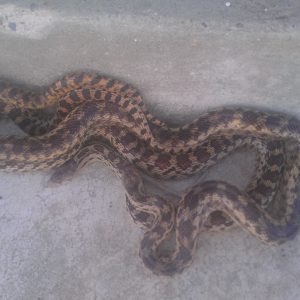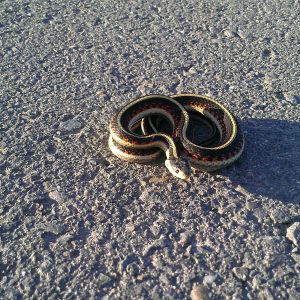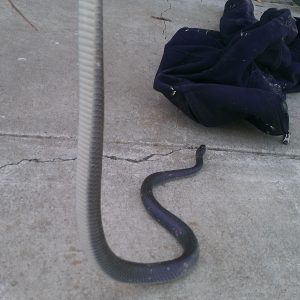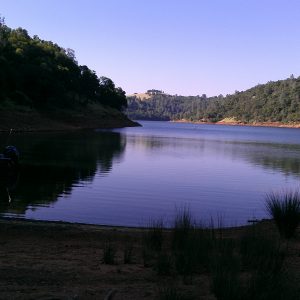Two weeks in and I am settling in nicely here at the Cosumnes River Preserve working at the Bureau of Land Management for the Chicago Botanic Garden. The weather has been all sun thus far, the fresh produce is ripe and readily available, and the wildlife is abundant and diverse. I have spent my first two weeks doing a variety of things, including many hours of certifications and training (ATV safety course, UTV safety course, defensive driving course, etc). I have also been training on some of the heavy equipment operation here (tractors, backhoe, brush mowers, and the preserve’s boat). This organization seems to have all the right equipment to accomplish the tasks faced by any conservation land manager which is a nice change for me after having worked for a small county conservation organization prior to attending graduate school.
I have greatly enjoyed networking with all of the other staff at the preserve. This preserve works in connection with The Nature Conservancy, The US Fish and Wildlife Service, private landowners, as well as many other organizations and partners. Needless to say, there are always new people to meet. Interestingly, by the end of June there will be three interns with the same name as myself, Patrick, so things may get a bit confusing. I have been coordinating schedules with as many other people as possible to get out to other preserves, get involved with seed collections, and accompany other “plant nerds” like myself on surveys for rare plants. A great deal of my time at this preserve will be spent monitoring and collecting seed from three species, Grindelia camporum, Agrostis exarata, and Eryngium articulatum. This seed will then be used for restoration projects on the preserve.
In my free time I have been viewing the wildlife of the preserve. I am particularly interested in snakes and other herpetofauna, and have thoroughly enjoyed identifying as many California species as possible which are all new to me having moved here from Iowa. Snakes are very common on the preserve. Since arriving I have identified Pacific Gofer Snakes, Red-bellied Garter Snakes, and Western Yellow-bellied Racers. Allegedly, there are Giant Garter Snakes present at this preserve as well which are endangered and as I’m told, very hard to find. I may have an opportunity to view one if I can link up with researchers at a later date. In general, I have really been enjoying this experience. I am greatly anticipating the events that have been arranged over the next several months; what a great opportunity!! I’m including some of the pictures of the snakes I have seen while out exploring and a picture I snapped while camping at Englebright Lake.




